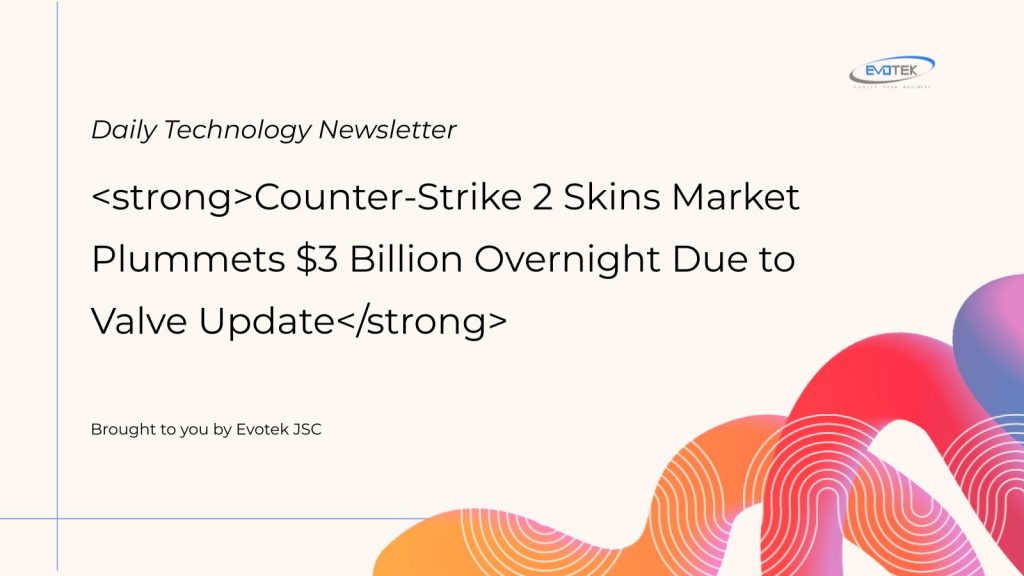A recent “minor” update deployed by Valve for Counter-Strike 2 has triggered a seismic event in its highly lucrative in-game skins market. This player-to-player economy, renowned for high-stakes transactions where individual items like an AK-47 skin can command over $1 million, experienced an unforeseen and dramatic collapse following adjustments to skin acquisition rarity.
The CS2 skins market functions as a self-contained industry, attracting dedicated players and investors who trade cosmetics with the expectation of value appreciation. The most coveted items, categorized as “Gold” tier knives and gloves, were previously obtainable only through random loot boxes (cases). However, Valve’s new update introduced a system allowing players to trade five “Covert” items (the tier directly below Gold) for one Gold-tier item. This significant change drastically increased the supply of these rare items, thereby diminishing their exclusivity and market value.
While this might appear to lower the entry barrier for new players and make skin trading less daunting for the inexperienced, the update has severely impacted established traders and investors. Those who had poured millions into the market, treating CS2 skins as a legitimate commodity, woke up to a substantial portion of their virtual portfolios wiped out overnight. This sudden devaluation of assets, irrespective of their virtual nature, has sent shockwaves through the community.
According to data from Price Empire, the Counter-Strike 2 skin market peaked at over $6.08 billion just before the update’s announcement. In the immediate aftermath, it plummeted to a low of $3.08 billion, effectively erasing approximately $3 billion in real-world value. While some community discussions suggest this might be an overblown reaction, akin to market hysteria, numerous prominent figures within the space have publicly voiced their distress and even exited the market, reflecting the gravity of the situation.
The future recovery of the CS2 skins economy remains highly uncertain. Unlike cryptocurrencies, which possess real-world utility, these virtual items hold no inherent value outside the confines of Counter-Strike. Valve has historically faced criticism for inadequate market regulation, the proliferation of gambling activities, and persistent complaints about cosmetics becoming prohibitively expensive for casual players. Consequently, this stringent update could signal a more proactive approach from Valve to control its in-game economy, or even foreshadow further changes.
Ultimately, the core issue lies in ownership: players do not truly “own” these items. Valve’s terms and conditions clearly state that all content and services purchased via Steam are licensed, not owned, by the user. While debates may arise regarding the precise jurisdiction of Counter-Strike cosmetics, they remain in-game assets entirely under Valve’s dominion. The extent to which players can trust the company to manage this powerful control judiciously is now a pressing question for the community.

 日本語
日本語 한국어
한국어 Tiếng Việt
Tiếng Việt 简体中文
简体中文